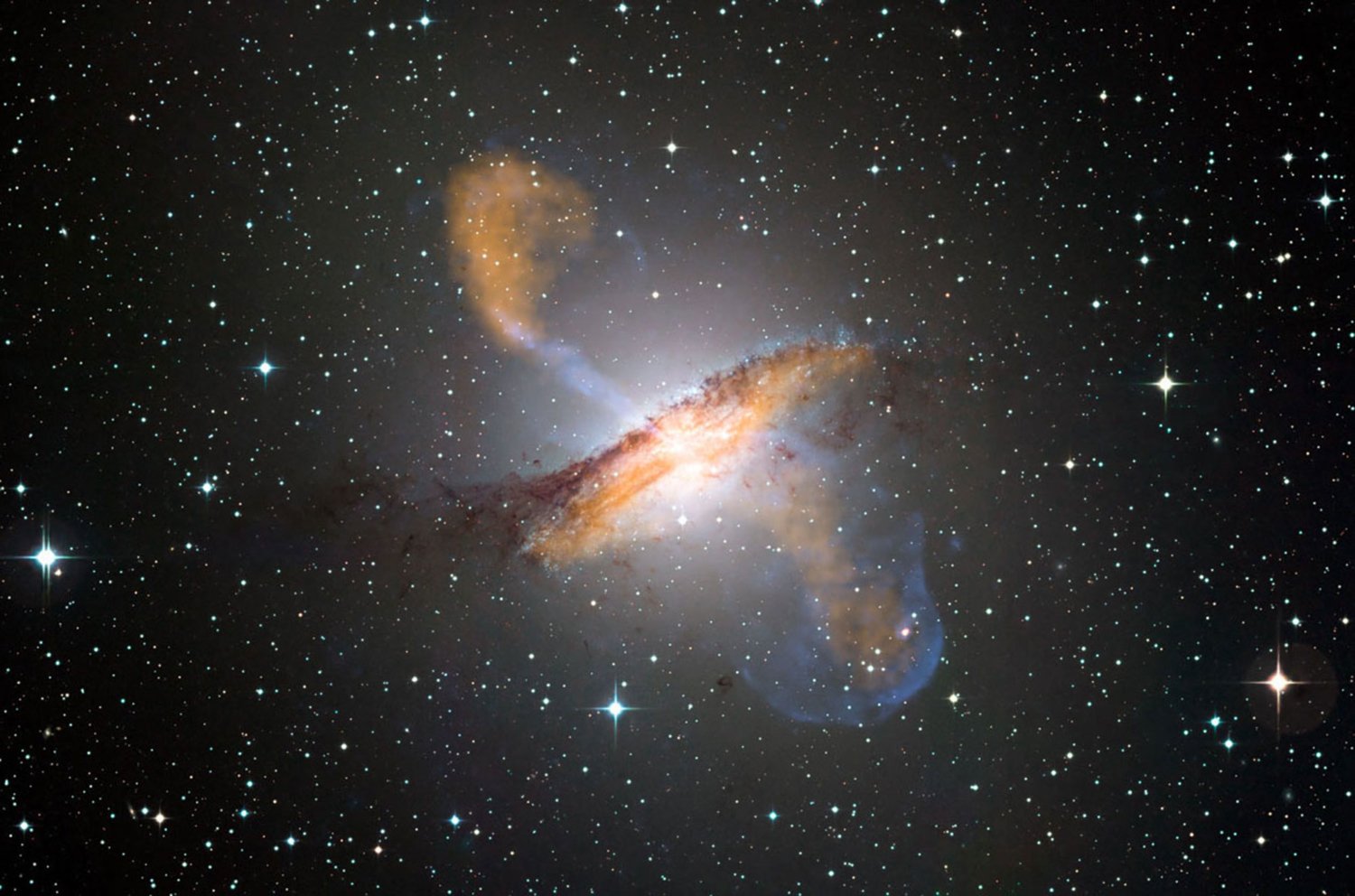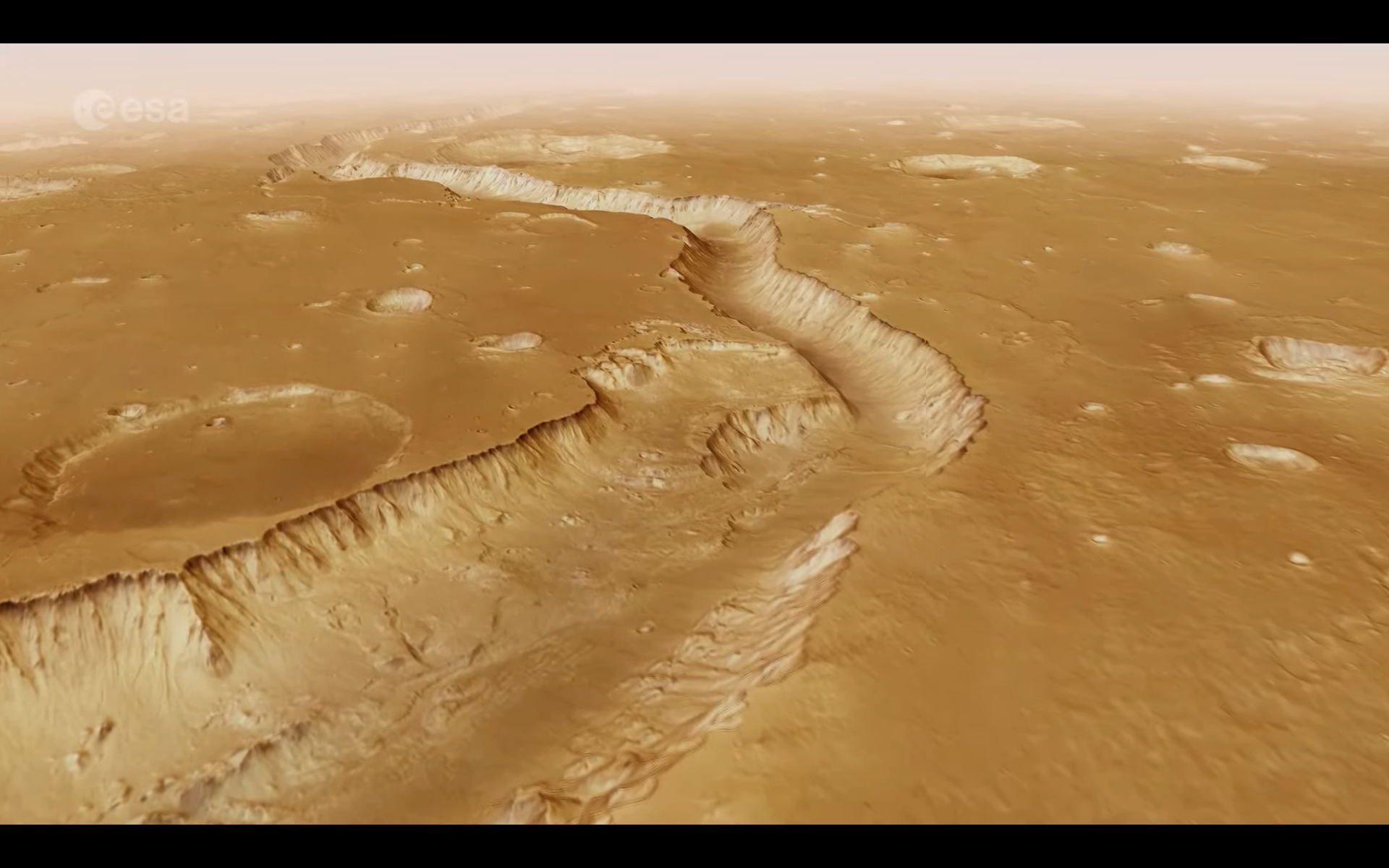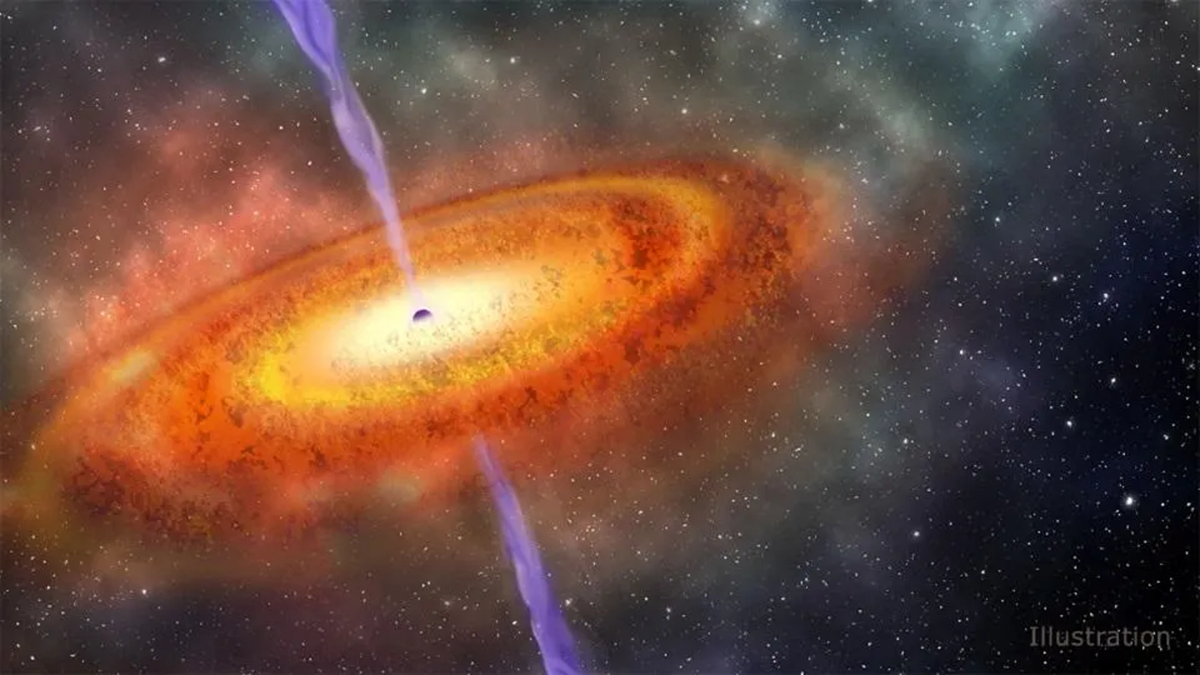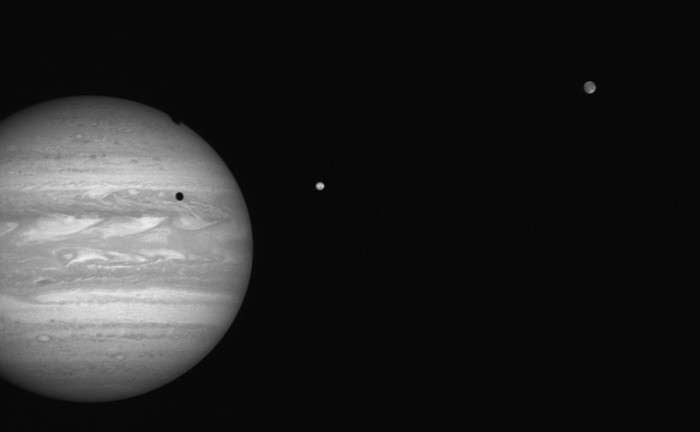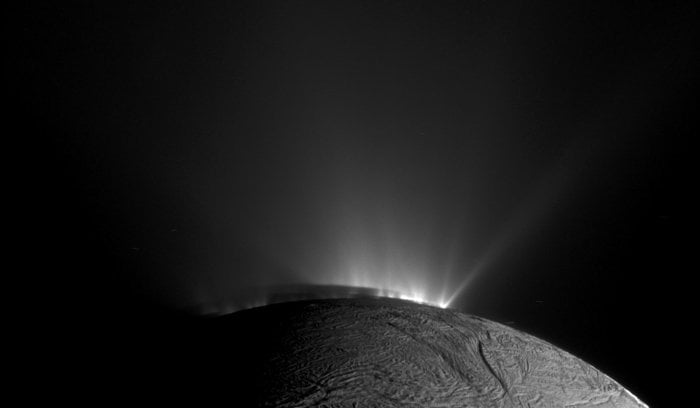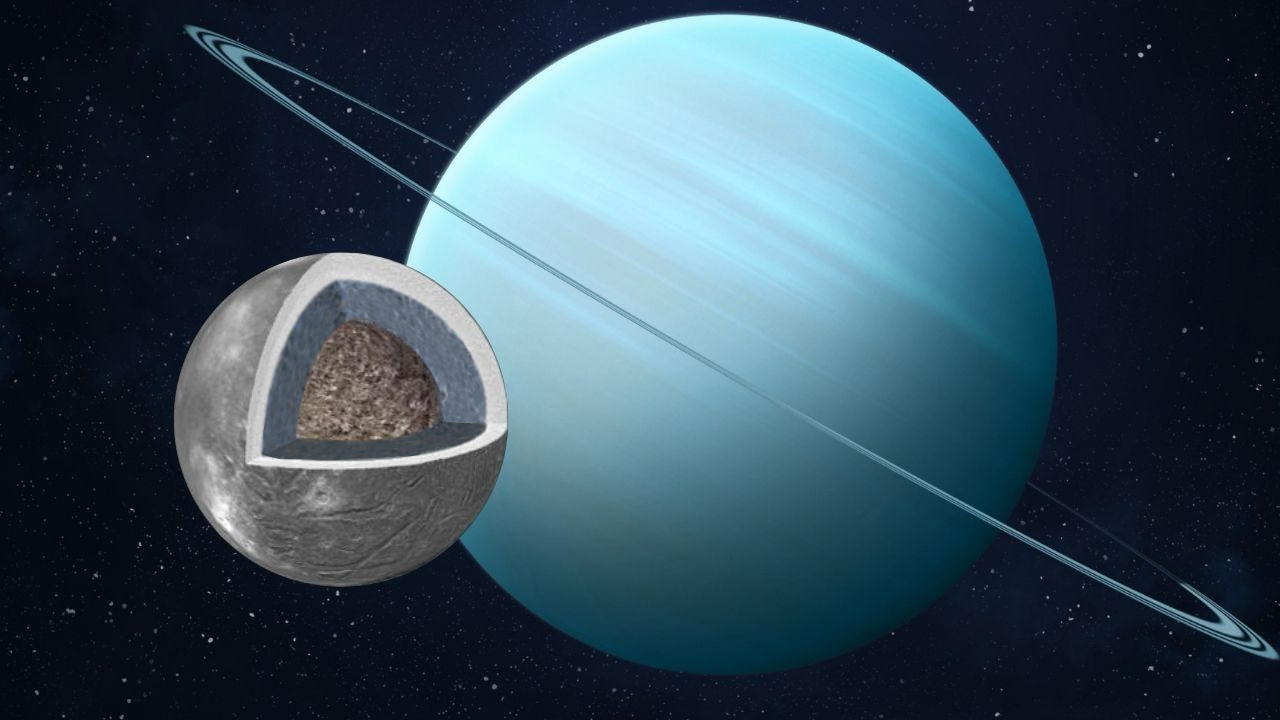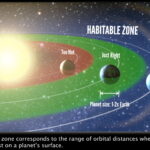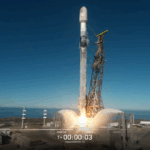arXiv:2508.00249v1 Announce Type: new Abstract: Any population of artificial radio broadcasts in a galaxy contributes to its integrated radio luminosity. If this radio emission is bright enough, inhabited galaxies themselves
ESA’s Mars Express takes us on another mesmerizing flight over the highlands of Xanthe Terra to the smoother lowlands of Chryse Planitia. Billions of years ago, water surged through this region, creating
An international of researchers, including the Kavli Institute for the Physics and Mathematics of the Universe (Kavli IPMU, WPI) have used the James Webb Space Telescope to uncover 12 black
Jupiter and its moons are busy in October. If skies are clear, be sure to set your alarm and follow the largest planet in our solar system this month. While
EU researchers are developing powerful new telescopes to help uncover Earth-like planets around distant stars and advance the search for extraterrestrial life.
Brown dwarfs: too small to be stars, too big to be planets.
Scientists have unveiled a new approach to detecting gravitational waves in the milli-Hertz frequency range, providing access to astrophysical and cosmological phenomena that are not detectable with current instruments.
Enceladus’ ice continues to get more and more intriguing as researchers continue to unlock more secrets taken from a probe over ten years ago. When Cassini crashed into Saturn in
Modeling something like geysers on a far-away moon seems like it should be easy. How much complexity could there possibly be when a geyser is simply a hole in some
Interest in icy moons has been growing steadily as they become more and more interesting to astrobiologists. Some take the majority of the attention, like Enceladus with its spectacular geysers.
-
 012024 in Review: Highlights from NASA in Silicon Valley
012024 in Review: Highlights from NASA in Silicon Valley -
 02Panasonic Leica Summilux DG 15mm f/1.7 ASPH review
02Panasonic Leica Summilux DG 15mm f/1.7 ASPH review -
 03How New NASA, India Earth Satellite NISAR Will See Earth
03How New NASA, India Earth Satellite NISAR Will See Earth -
 04And Thus Begins A New Year For Life On Earth
04And Thus Begins A New Year For Life On Earth -
 05Astronomy Activation Ambassadors: A New Era
05Astronomy Activation Ambassadors: A New Era -
06SpaceX launch surge helps set new global launch record in 2024
-
 07Space Force plans new ‘Futures Command’ amid pressure to speed up modernization
07Space Force plans new ‘Futures Command’ amid pressure to speed up modernization


